Optimal Timing for Brush Hoggings
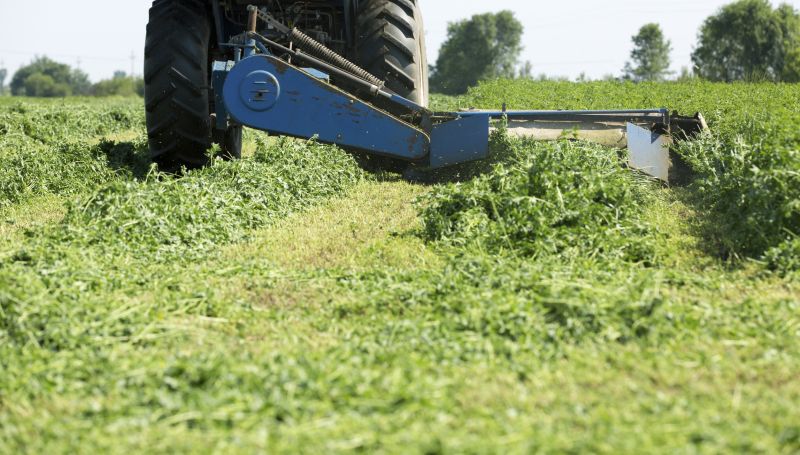
Ways to make Brush Hoggings work in tight or awkward layouts.
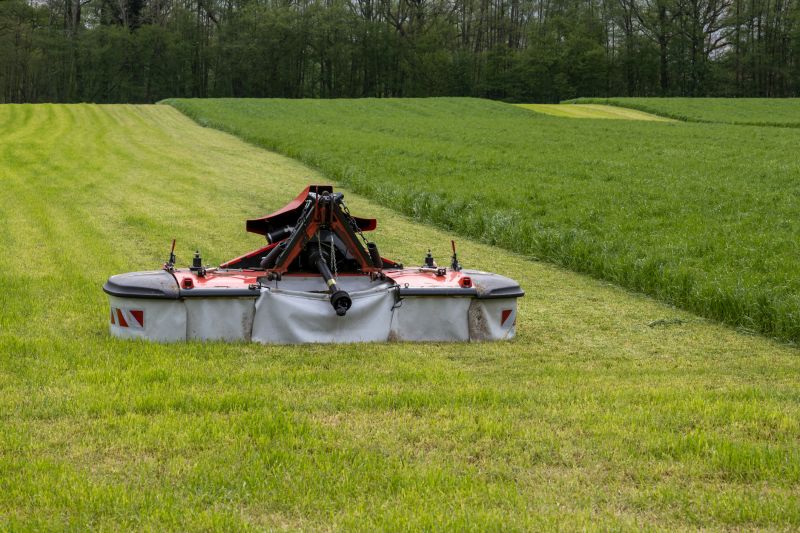
Popular materials for Brush Hoggings and why they hold up over time.
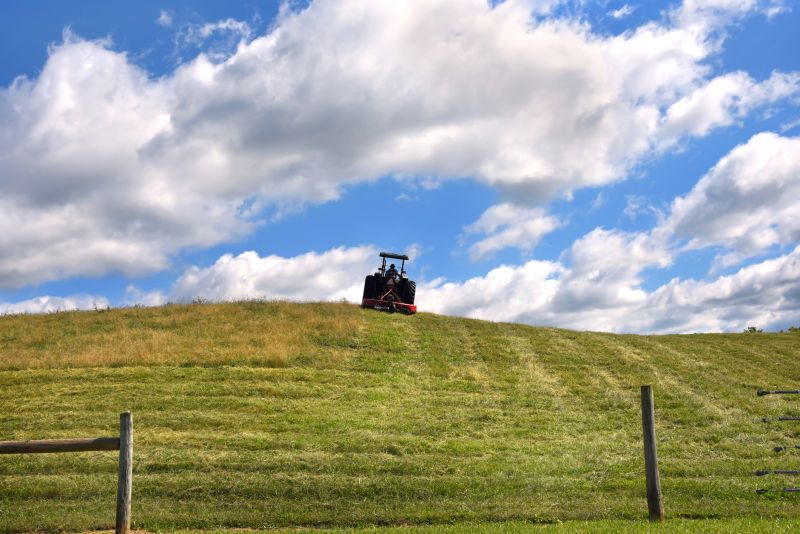
Simple add-ons that improve Brush Hoggings without blowing the budget.
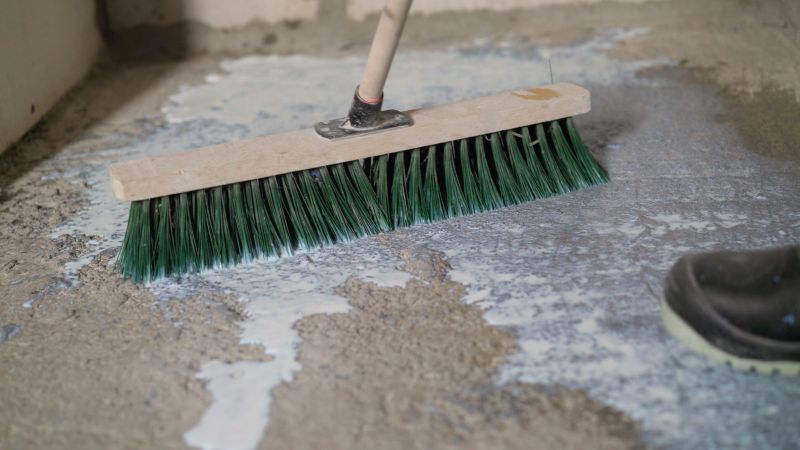
High-end options that actually feel worth it for Brush Hoggings.

Finishes and colors that play nicely with Brush Hoggings.

Little measurements that prevent headaches on Brush Hoggings day.
Brush hogging, also known as land clearing or brush cutting, is an essential maintenance activity for managing overgrown areas, controlling invasive species, and preparing land for agricultural or recreational use. The timing of brush hogging can significantly impact its effectiveness and the health of the land. Proper scheduling ensures that vegetation is managed at optimal growth stages, promoting healthier regrowth and minimizing environmental disruption.
Typically, the best times for brush hogging are during late winter to early spring and late summer to early fall. These periods coincide with specific plant growth cycles, allowing for more efficient clearing and quicker recovery of the land. Performing brush hogging during these times can reduce soil erosion, prevent the spread of invasive plants, and improve land usability.
Ideal for removing winter growth and preparing land for planting or grazing. Vegetation is still dormant or just beginning to grow, making it easier to manage.
Best for controlling invasive species and managing overgrowth before the dormant season begins. Vegetation is at peak growth, ensuring effective removal.
Suitable for final land clearing before winter, helping to prevent overgrowth and maintain land quality.
High temperatures and drought conditions can make land more susceptible to erosion and damage. It's best to avoid this period unless necessary.
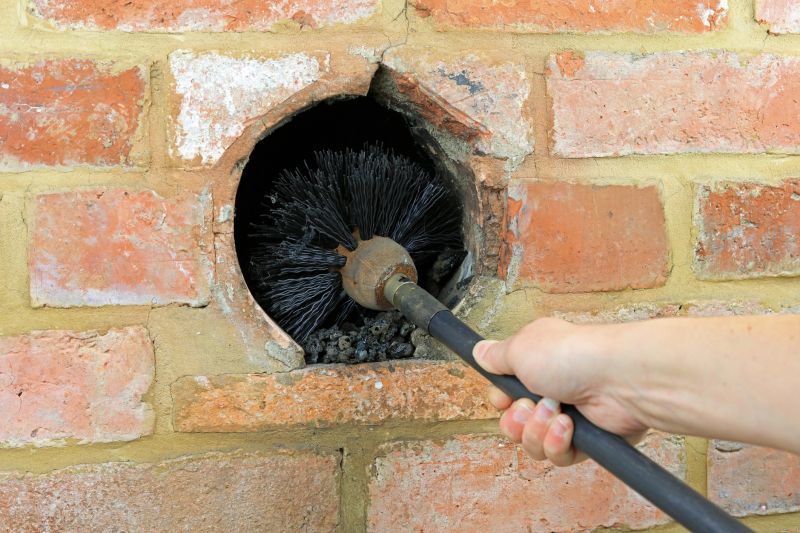
A 60-second routine that keeps Brush Hoggings looking new.

A frequent mistake in Brush Hoggings and how to dodge it.
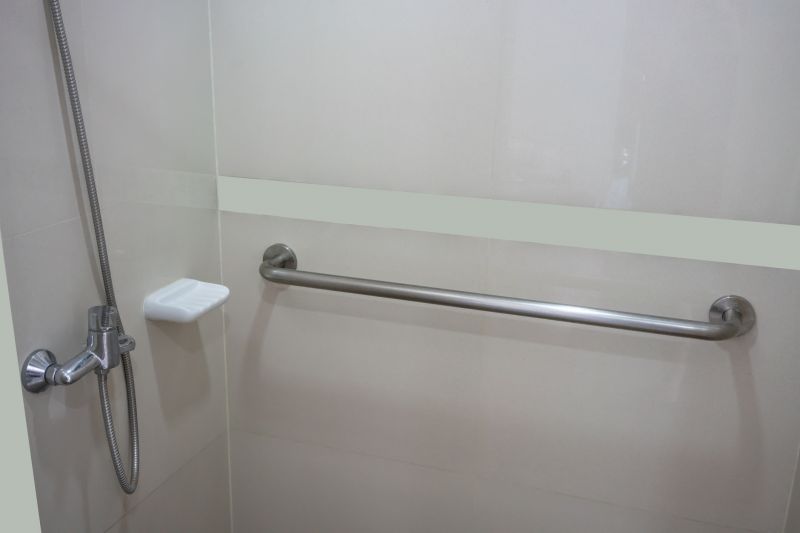
Small tweaks to make Brush Hoggings safer and easier to use.

Lower-waste or water-saving choices for Brush Hoggings.
| Season | Optimal Activities |
|---|---|
| Spring | Removing winter growth, preparing land for planting |
| Summer | Controlling invasive species, managing overgrowth |
| Fall | Final clearing before dormancy, maintaining land quality |
| Winter | Limited activity, focus on planning and maintenance |
Understanding the seasonal timing for brush hogging can enhance land management practices. Properly scheduled activities help maintain healthy ecosystems, prevent overgrowth, and support land use goals. Consulting local land management guidelines or professionals can provide additional insights tailored to specific regions.
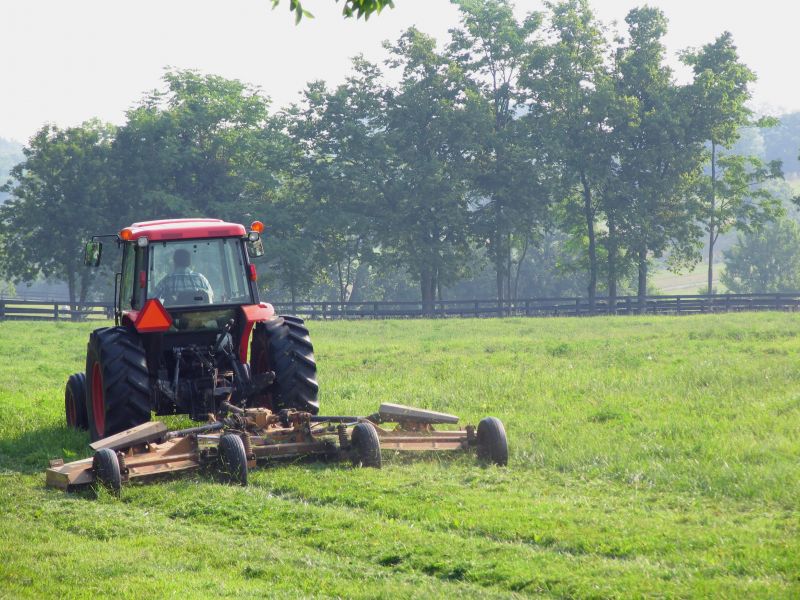
The short, realistic tool list for quality Brush Hoggings.
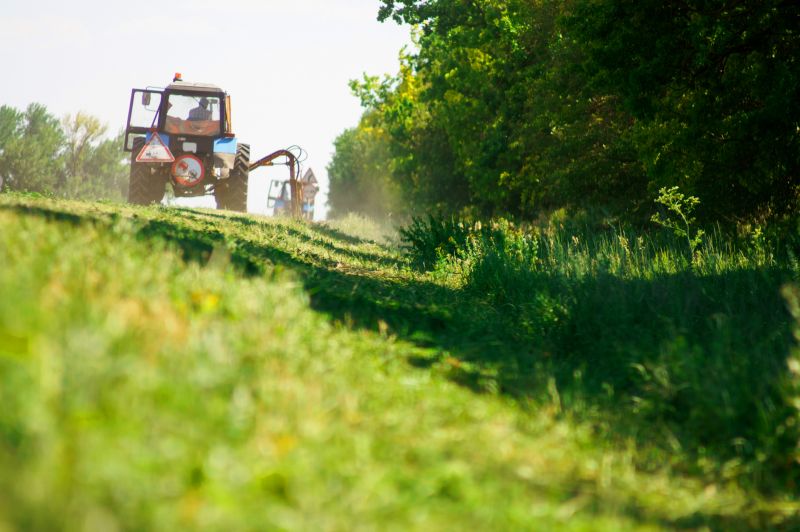
Rough timing from prep to clean-up for Brush Hoggings.
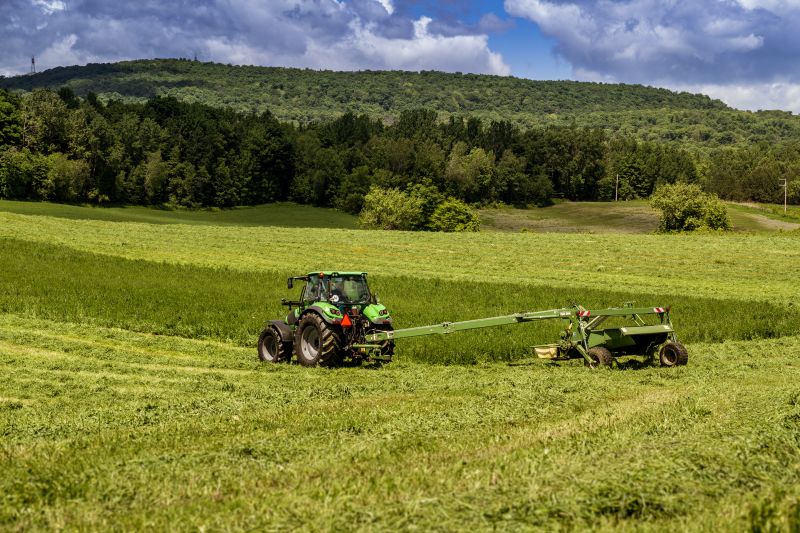
Quick checks and paperwork to keep after Brush Hoggings.

Examples that show the impact a good Brush Hoggings can make.
For those interested in scheduling brush hogging services, it is recommended to contact professionals during the appropriate seasonal windows. Proper timing ensures efficient land management and optimal results for land clearing projects.
